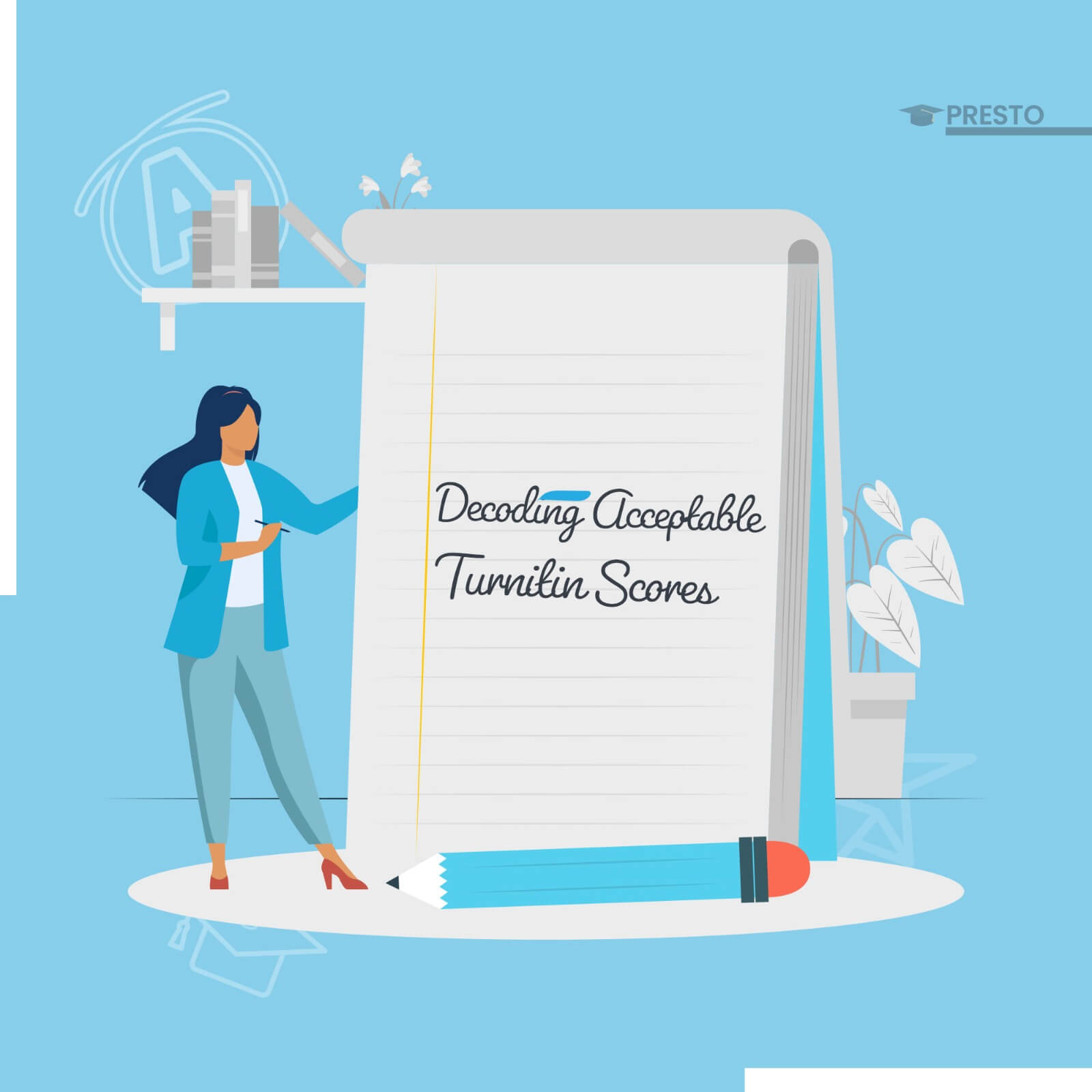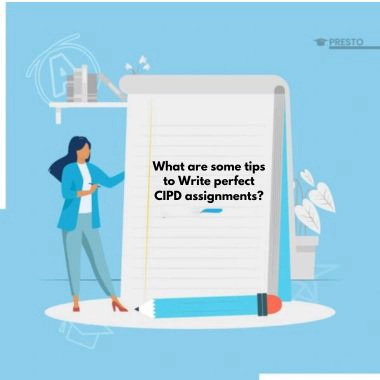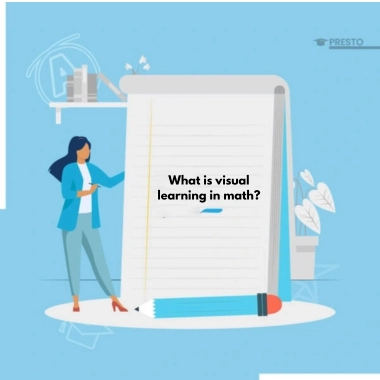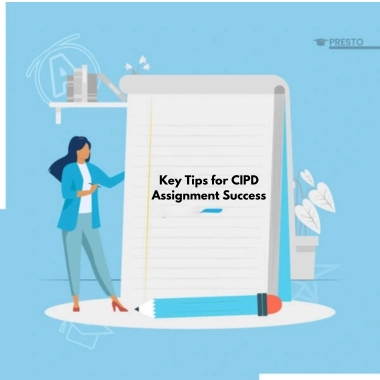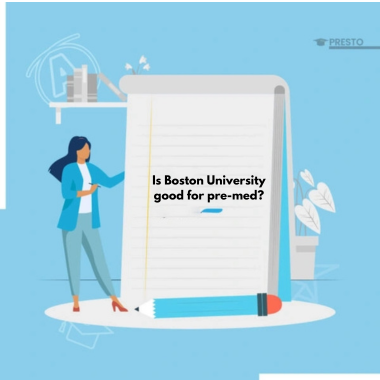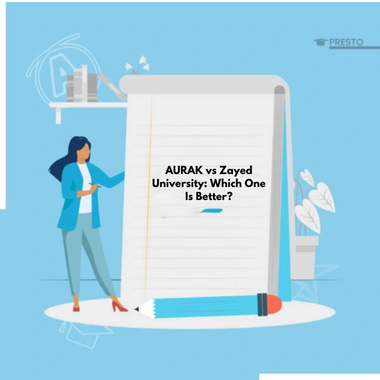Turnitin is a highly regarded Online Platform that is aimed at detecting plagiarism in academic writing. The website works by comparing the submitted work of the student to an extensive database of scholarly articles, research papers, and other publications and finding the similarities among the work. Students and teachers can get a free Turnitin account and institutions can subscribe to an enterprise plan to get access to the large database of documents. So, the meaning of Turnitin Similarity Score is the percentage chance of plagiarism in the submission. Comprehending the Turnitin Scores is important for the students as well as the educators.
Plagiarism Detection Tool
Turnitin is a widely utilized plagiarism detection tool in academic institutions that provides a similarity report that indicates the originality of a submitted paper. Interpreting these scores requires a comprehensive understanding of the system and its metrics. Teachers are important in helping students learn how to use Turnitin reports, maintaining academic integrity, and developing critical research and citation abilities. Analyzing Turnitin results is about more than just spotting possible plagiarism so it is also about motivating students to interact with outside materials while maintaining the highest standards of originality and academic integrity.
Overview of the Turnitin Similarity Score
Mastering the art of interpreting Turnitin scores empowers students to produce original work while effectively utilizing external resources and developing academic growth and integrity. Turnitin generates a similarity score often represented as a percentage and indicates the proportion of text in a submission that matches existing sources in its extensive database. As compared to popular belief, a high similarity score does not necessarily equate to plagiarism. It highlights areas where text matches other sources, which could include properly cited quotations, references, or common phrases. Scores below a certain threshold typically 15% or lower are considered acceptable. They suggest that the content is adequately original by containing minimal matches to existing sources. However, interpreting these scores is not solely reliant on the percentage value and it is also vital to review the similarity report.
How it Works
Turnitin influences the advanced algorithms to pinpoint the similarities between the work and millions of other documents. The step-by-step procedure includes that the student submits the paper or the assignment to Turnitin. Then Turnitin scrutinizes the work and juxtaposes it against its vast database. After that, the system identifies any matching phrases, passages, or ideas and Turnitin generates a Similarity Report. It is complete with a percentage score and detailed insights. It is central to understand that the Turnitin Similarity Score doesn’t outright imply plagiarism. Instead, it merely highlights matches found, leaving the evaluation of whether the similarities are acceptable to the student and the educator.
Components of a Similarity Report
Understanding the subtleties of a similarity report is made easier by being familiar with Turnitin’s color-coded categories. It is easier to discern between properly referenced content and possible cases of plagiarism when the breakdown is divided into four distinct segments. The major categories include Quoted Text, Referenced Material, Common Phrases, and Unoriginal Content.
Quoted Text or Block Matches
The term Quoted Text in the report labels the situations in which a student directly uses exact quotes from outside sources. Turnitin appropriately marks these portions as similar to previously published content. Most importantly, these quotes raise the similarity score without raising suspicions of plagiarism when correctly cited. The importance is in correctly attributing these direct quotes, which highlights their acceptability in scholarly writing.
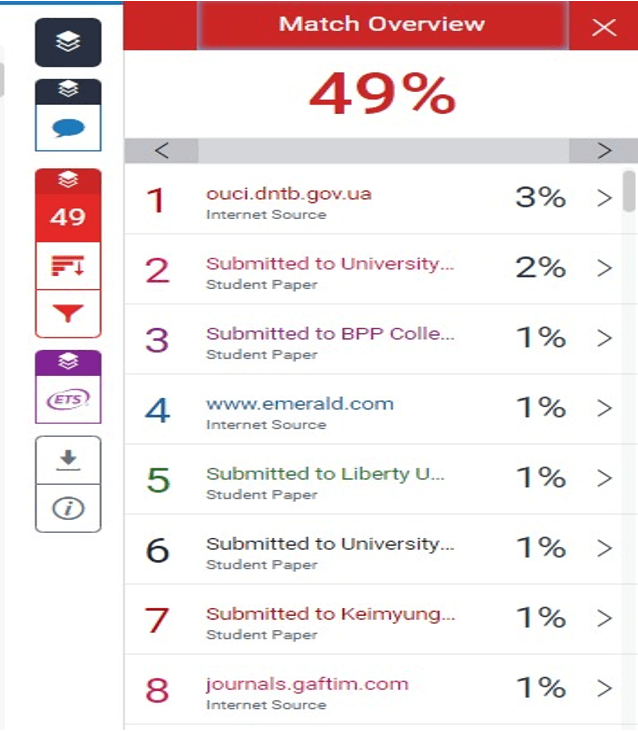
Referenced Material
Turnitin also highlights a category called Referenced Material which includes instances in which students paraphrase information from outside sources. When used effectively and properly cited, paraphrasing is a valid way to incorporate outside knowledge into one’s writing. However, any poor paraphrasing or insufficient citation can increase the similarity score and possibly lead to accusations of plagiarism. The significance of careful citation procedures when paraphrasing external content is emphasized in this section.
Common Phrases Match
Turnitin identifies common phrases but this does not always mean that they are plagiarized. These terms, which appear frequently and extensively in a variety of papers, may raise red flags in the report. However, their inclusion does not automatically imply plagiarism. Alternatively, they could be accepted terms or idioms in a certain industry. These phrases add to the similarity score, but they don’t show signs of deliberate plagiarism; instead, they are more in line with the general terminology used in the field.
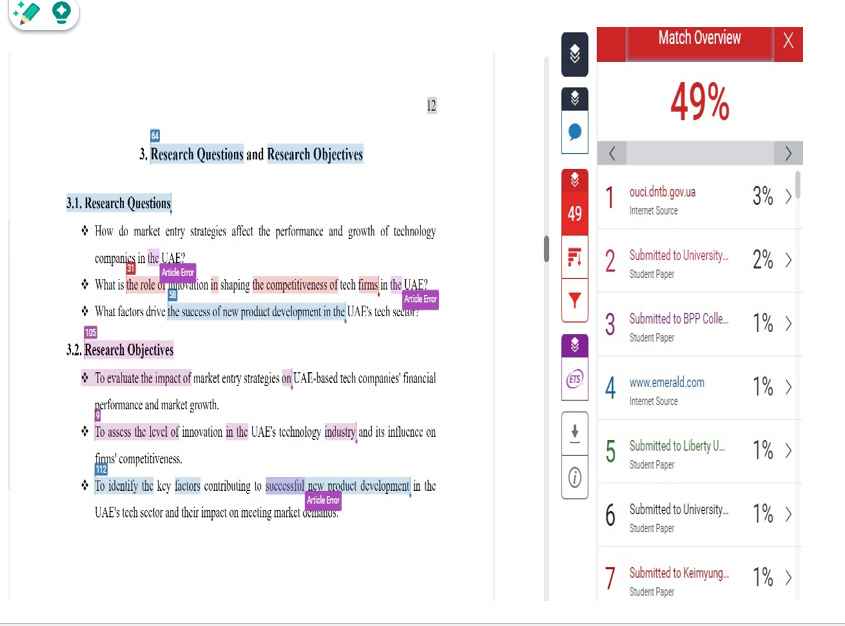
Unoriginal Content
According to Turnitin’s study, Unoriginal Content is the category that receives the greatest attention and concern. This section identifies passages of material that, although not properly cited, are closely aligned with already published sources such as journals, books material et and news sources etc. It acts as a warning sign, indicating possible plagiarism or cases in which the student’s work is not unique and does not provide proper credit to the sources. Teachers frequently concentrate on this section to pinpoint trouble spots and assist pupils in fixing citation errors.
Scattered Word Match
When multiple short texts match to the single source is known as the scattered matches. This means that the student had made a poor attempt to paraphrase the text and these scattered words with a high overall percentage do match the other student’s paper. This could be mitigated or removed by checking the source of the material that is required to be cited in the reference list. Moreover, the common words should be checked and the extent of the similarity should be checked by using different online applications.
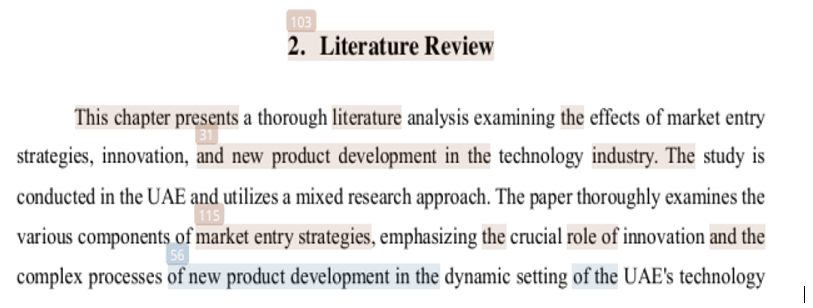
Checkerboard Match
The strings of the matched text that are separated by the short words or even phrases are known as the Checkerboard Matches in the Similarity Report in Turnitin. This explains that the student had made a poor attempt to paraphrase the legitimate source. This also shows that copied text with an attempt to prevent a TII match by replacing selected words and phrases. The match should be closely investigated by the student and teacher.
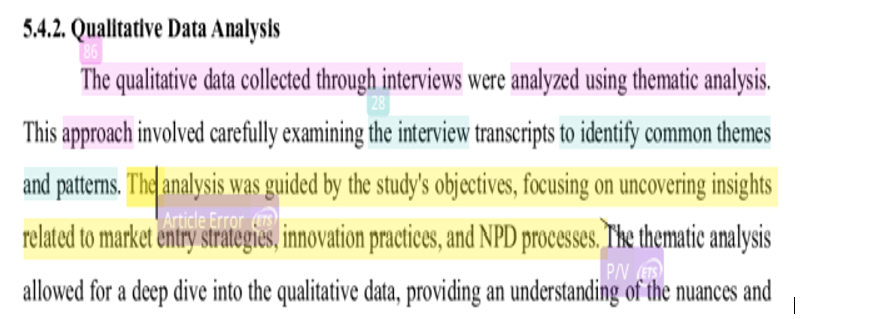
Understanding these categories facilitates a sophisticated analysis of the Turnitin similarity report and assists instructors and students in differentiating between legitimate academic activities and possible instances of plagiarism. Turnitin helps maintain academic integrity by defining the differences between properly referenced, original, and attributed information and unattributed, insufficiently paraphrased, or unoriginal material. This helps create a greater awareness of citation conventions in educational contexts.
Interpreting Scores in Context
It takes context to fully comprehend the subtleties underlying a high similarity score in Turnitin reports. When analyzing these results, several contextual elements are considered in avoiding hasty conclusions about possible plagiarism.
Length of the Article
The document’s length has a big influence on its similarity scores. Naturally, longer articles have more text in them which could result in higher similarity percentages. But this higher score in longer papers doesn’t necessarily indicate significant copying; rather it only indicates that there is a larger corpus of text to compare.
Kind of Paper
Moreover, how similarity scores are interpreted depends on the kind of paper being evaluated. Scientific papers and literature review may naturally have greater similarity scores because they must cite previous research extensively and incorporate known theories and accepted vocabulary. Comprehending the unique characteristics of the task facilitates contextualizing and comprehending the reasoning behind the similarity score.
Citations and References Use
The significance of citations and references is another important factor. Although properly mentioned sources legitimately influence similarity results, plagiarism shouldn’t be an instant issue when using them. Pupils must make sure that all citations in the text and bibliography are accurate. Teachers frequently look closely at this aspect to distinguish between properly referenced content and cases of insufficient citation, which helps students move toward improved academic habits.
Why Reports Show High Similarity Score
Understanding Turnitin scores requires contextual knowledge about the assignment’s requirements, the topic area, and the sources consulted. An isolated high score may be consistent with the paper’s contextual expectations, the subject matter, and the kinds of sources used in the work. High similarity scores also give teachers a wealth of options for instructional intervention. These scores are teaching opportunities rather than just warning signs. Teachers can use these examples to teach students about appropriate citation styles, the value of encouraging original ideas, and how to properly incorporate outside sources while maintaining academic integrity. Teachers and students can have better-informed discussions on academic integrity by going beyond simple number values and exploring the contextual nuances of similarity scores. This thorough comprehension not only allays unwarranted worries over plagiarism but also cultivates an educational environment that emphasizes the careful incorporation of outside materials while promoting individual academic contributions.
Color Coding of the Content
Whether you are using Turnitin for plagiarism detection or instructional purposes, it’s important to comprehend the results. The similarity score indicates the percentage of the paper that matches external sources, but necessarily the degree of duplicated content. The color-coded breakdown provides information on how well the text aligns with outside sources. The color blue indicates the absence of matching text, which indicates that the work is most likely wholly original writing. This is a positive consequence. Even in original work, it’s crucial to make sure that any assertions are sufficiently backed by research.
A green indicator means that, in a good scenario, less than 24 percent of the article comes from outside sources. This is a great result that demonstrates a good balance between original content and cited information, provided that these sources are properly mentioned and incorporated. If the similarity lies in the yellow region (25–49%), it means that a significant amount of the article is consistent with outside sources. Even if these articles don’t always show plagiarism, they could use more paraphrasing and in-depth study to improve their uniqueness. The concern is raised by an orange indicator which shows that between 50% and 74% of the paper matches outside sources. This range calls for a thorough rewrite because it suggests a possible over-reliance on other sources and a deficiency in unique content.
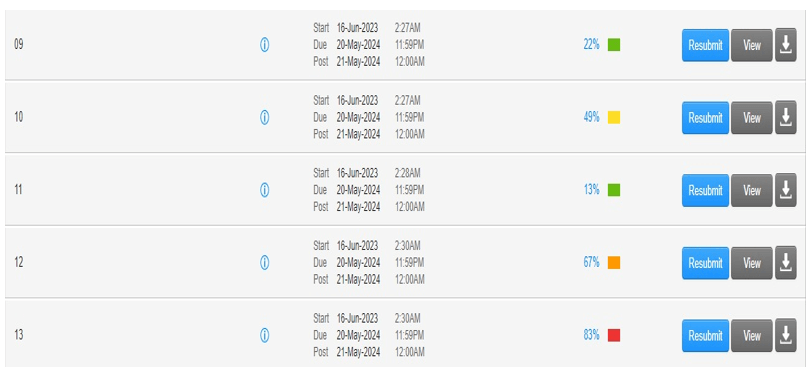
The red color code is alarming as it represents 75% – 100% similarity with external sources. In such cases, it’s crucial to initially ensure that the paper isn’t merely matching an earlier version submitted to Turnitin. Then, assess whether the content is sourced predominantly from one or two references and whether they’re correctly cited or plagiarized. Papers with extensive similarity to external sources from multiple references may lack original analysis and appear as a string of quotes without significant original thought. This outcome is unacceptable for student work across all academic levels and demands immediate attention and revision to ensure the incorporation of original ideas and critical analysis.
Comprehending these scores within the assignment type, length, and citation practices helps in accurate interpretation. Modifying high similarity scores in Turnitin reports involves a practical approach that encompasses various aspects of academic writing. Encouraging originality, emphasizing proper citation practices, and guiding students through the research and writing process is key to reducing similarity scores while developing a culture of academic integrity. The goal of producing original, well-cited academic work can be achieved through collaborative efforts between educators and students by reflecting the spirit of scholarly engagement and critical thinking.
Mitigating High Similarity Scores
Reducing high similarity scores in Turnitin reports requires emphasizing uniqueness and citation guidelines. Reducing these scores requires a thorough strategy that includes a range of methods and interventions designed to help students comprehend the importance of accurate citation, integrating original ideas, and paraphrasing well.
Rewrite and Paraphrase Text
A useful strategy for lowering similarity scores is to highlight the skill of rewriting and paraphrasing information from other sources. Similarity scores are much lowered when teachers support students in understanding the essential concepts and crafting original, original responses to the topic. Good paraphrasing reduces direct matches with current sources while demonstrating comprehension and adding a unique touch to the work.
Citation Management
Citation management is yet another important factor in reducing similarity ratings. It is essential to emphasize the value of precise and thorough citation methods. Students need to understand the different citation formats so they may correctly give credit to the original authors of ideas and phrases. A thorough approach to referring is ensured by training in citation methodologies such as APA, MLA, or Chicago, which reduces the likelihood of incomplete or missing citations.
Use of Creative and Unique Ideas in Writing
Moreover, encouraging the use of creative ideas helps lower similarity rankings. Fostering original contributions is aided by encouraging students to find a balance between citing outside sources and adding their special thoughts and observations. By adding original thoughts, Turnitin reports become less dependent on outside sources, which lowers their similarity percentages.
Diversify the Sources
Reducing high similarity scores also requires diversifying the sources chosen. Students who are encouraged to investigate a diverse array of sources and viewpoints are less likely to heavily rely on the same resources. Through diversifying their sources, students can lessen resemblances and provide different perspectives in their work.
Diversify the Writing Style
It is essential to put in place a multi-step writing process. Students can see such problems early on by submitting drafts to Turnitin before submitting their final work. Peer review sessions also offer priceless feedback on citation style, substance, and structure, which greatly lowers similarity scores through early interventions and modifications.
Time Management
One of the most important factors in lowering similarity scores is time management. It is essential to teach students about the dangers of rushing assignments and the ensuing excessive dependence on direct quotes or insufficient paraphrasing. Stressing the value of starting tasks early reduces the likelihood of exaggerated similarity ratings by providing enough time for study, thought, and correction. Encouraging students to utilize Turnitin’s self-check function gives them the ability to take charge of their similarity scores. They can upload drafts before submission, evaluate similarity scores, and make any necessary revisions to this application, which encourages a proactive approach to originality and citation standards.
Teachers have a big part to play in helping pupils apply these mitigating techniques. The major actions include giving precise directions, demonstrating appropriate citation styles, and providing feedback on drafts. Lessons on paraphrasing, citation styles, and critical thinking techniques that are incorporated into the curriculum help to substitute an original and honest academic atmosphere while also lowering similarity scores. This all-encompassing method not only takes similarity scores into account but also gives pupils the tools they need to succeed academically and professionally.
Conclusion
The Turnitin Similarity Score is an excellent tool for maintaining academic integrity and ensuring the originality of scholarly work. By understanding how it works, what’s acceptable, and how to interpret the Similarity Report, students become better equipped to navigate the world of academia with the help of Turnitin Plagiarism Experts. Decoding Turnitin scores involves more than a glance at the percentage. It requires an understanding of the content, citations, and the report itself, areas where Presto Tutors to remove Turnitin plagiarism can offer invaluable assistance. An acceptable score doesn’t just signify a low percentage but it indicates a balance between original thought, proper referencing, and academic integrity, all hallmarks of Plagiarism Free Work Experts. A comprehensive understanding of the components within a Turnitin similarity report goes beyond acknowledging percentages. It involves discriminating between properly cited content, common phrases, and potentially problematic unoriginal material, a skill that Turnitin Plagiarism Experts and Presto Tutors excel in, ensuring students can achieve plagiarism-free work with confidence.

